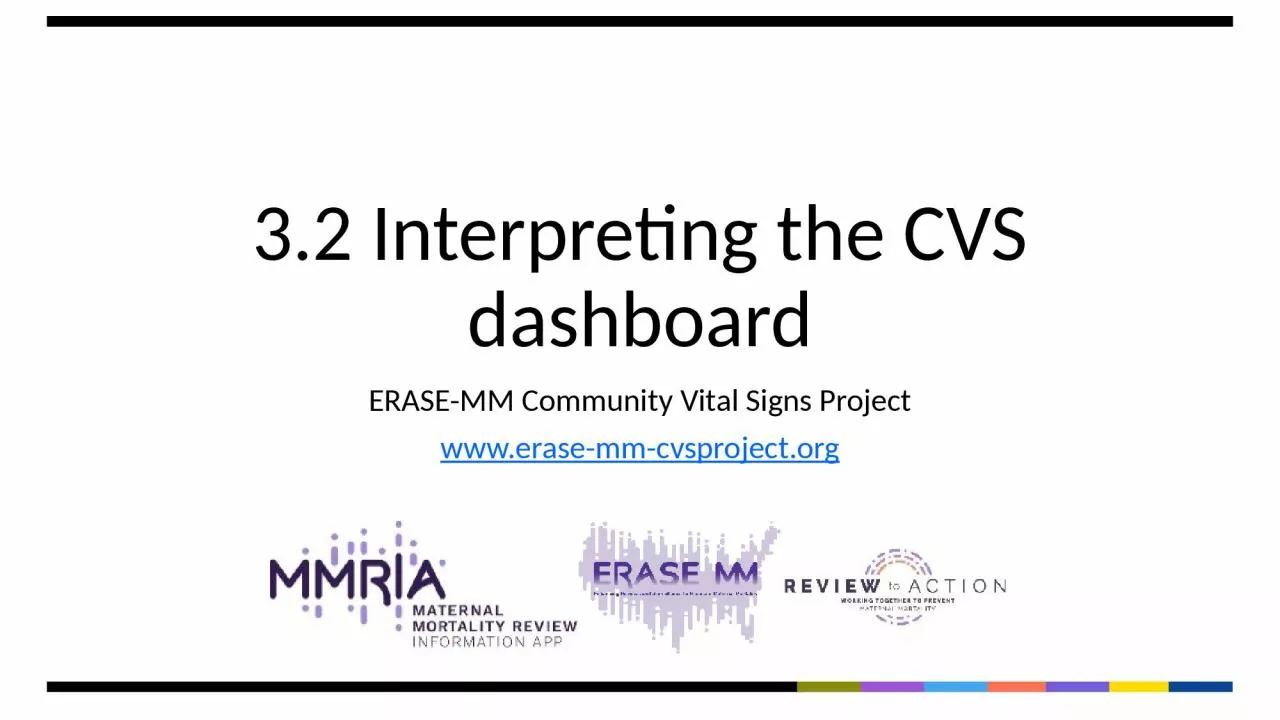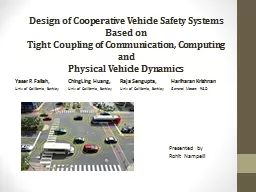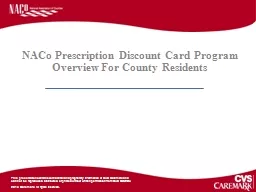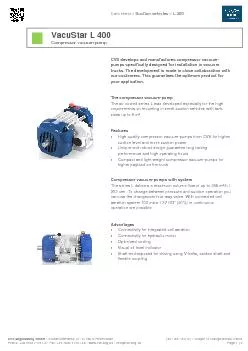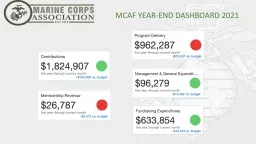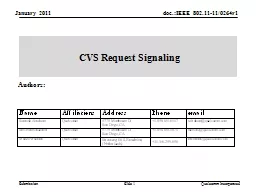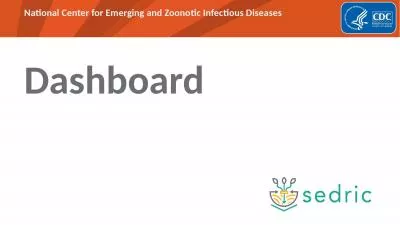PPT-3.2 Interpreting the CVS dashboard
Author : payton | Published Date : 2023-07-12
ERASEMM Community Vital Signs Project wwwerasemmcvsprojectorg Pathway Document Document title 1 MMRC Readiness 11 Is your MMRC ready to discuss health equity 12
Presentation Embed Code
Download Presentation
Download Presentation The PPT/PDF document "3.2 Interpreting the CVS dashboard" is the property of its rightful owner. Permission is granted to download and print the materials on this website for personal, non-commercial use only, and to display it on your personal computer provided you do not modify the materials and that you retain all copyright notices contained in the materials. By downloading content from our website, you accept the terms of this agreement.
3.2 Interpreting the CVS dashboard: Transcript
Download Rules Of Document
"3.2 Interpreting the CVS dashboard"The content belongs to its owner. You may download and print it for personal use, without modification, and keep all copyright notices. By downloading, you agree to these terms.
Related Documents

